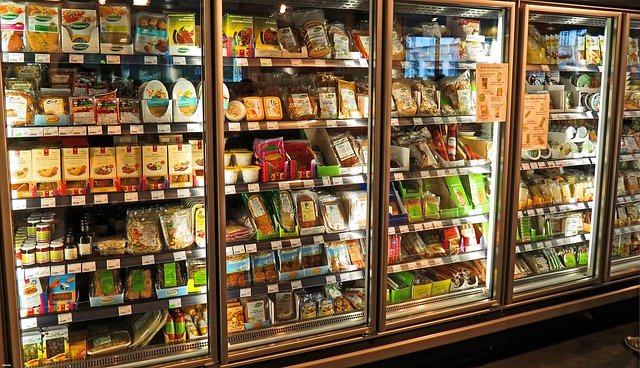Currently, about 690 million people, or 8.9% of the world’s population, are suffering from hunger. If this trend continues, the number of hungry people is expected to exceed 840 million by 2030. On the other hand, about 931 million tons of food were thrown away as waste in 2019, which is equivalent to 17% of the total food available to consumers.
“Food Waste Index Report 2021”, United Nations Environment Programme (UNEP)
As you can see, there are many people in the world who do not have enough food to eat, and at the same time, there is a problem that a huge amount of food that should be eaten is thrown away. This is the so-called food loss and waste problem. The food loss and waste problem are actually related to the global warming problem. This is because the CO2 emitted from the incineration of discarded food contributes to the greenhouse effect that causes global warming.
China is the country with the largest amount of food wasted annually from households (91,646,213 tons), but Japan is also the fourth largest (8,159,891 tons). On a per-capita basis, the situation in Japan is no different from that in China (64 kilograms).
In order to reduce food loss and waste, China reportedly enacted a new law in April this year that prohibits food wastage such as leftovers and gluttony. Besides restricting people’s actions by law, the food loss problem can also be improved by food storage, processing, and packaging technologies.
One of our clients is engaged in a business using patented food packaging technology that enables long-term food preservation through bacteriostatic (microbial growth inhibition) effects using nanotechnology. We are supporting the client in their overseas expansion.
We help companies with great solutions to solve the world’s problems. If you are interested in working with us, please feel free to contact us.
Thank you for reading. If you enjoyed this post, I’d appreciate it if you’d help it spread by emailing it to a friend or sharing it on social media. Thanks!






